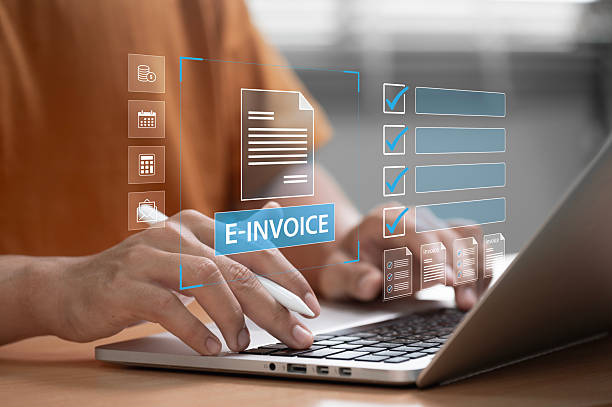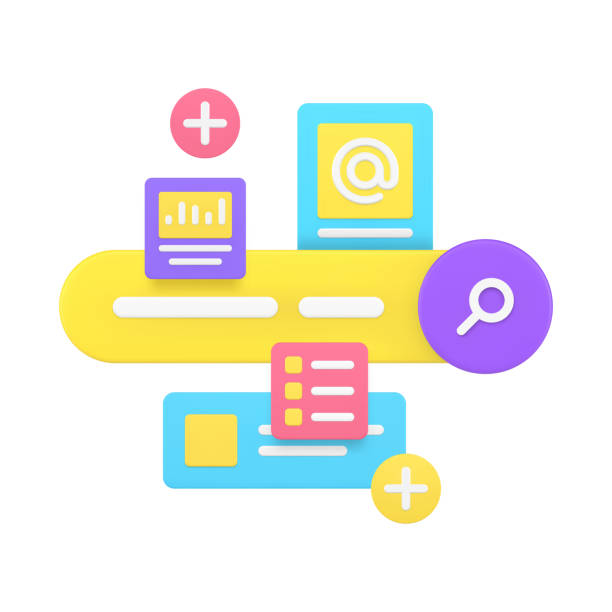Introduction to the Importance of On-Page SEO and Its Place in Optimization
![]()
On-page SEO, or internal website optimization, is the backbone of any successful SEO strategy.
This process focuses on improving elements within your website to help search engines better understand your content and display it to relevant users.
Without strong on-page SEO, even the best content may get lost in the abundance of information and never reach its audience.
The importance of this part of SEO lies in having complete control over all its factors, allowing you to directly impact your ranking by applying targeted changes.
This is a specialized and educational section for website owners and digital marketers looking to increase visibility and attract organic traffic.
The goal of #on_page_seo is to create an excellent user experience and provide clear signals to #search_engines.
Is your company’s website as professional and trustworthy as it should be? With specialized corporate website design by Rasawp, create an online presence that reflects your credibility and attracts more customers.
✅ Build a powerful and professional image for your brand
✅ Convert visitors into real customers
⚡ Get a free consultation now!
Keyword Research, the Cornerstone of Any On-Page SEO Strategy
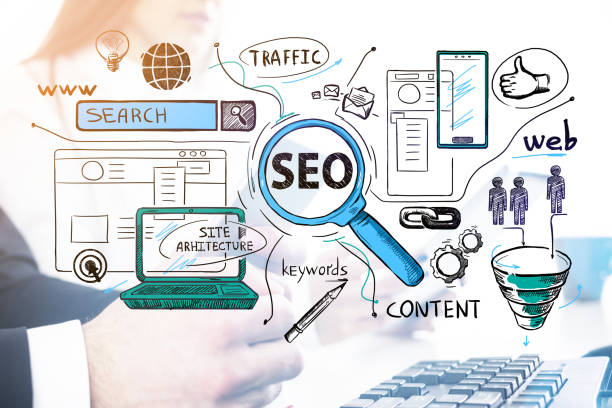
Keyword research is the first and most vital step in any effective on-page SEO strategy.
This process involves identifying the phrases and words your target audience types into search engines to find products, services, or information related to your business.
Comprehensive keyword research helps you understand not only what people are searching for, but also how they are searching for it.
This information provides valuable guidance for producing content that precisely matches user needs.
Using keyword research tools, such as Google Keyword Planner, Ahrefs, or Semrush, can illuminate search volume, competition levels, and related keywords for you.
Choosing the right keywords means focusing on terms that have both a reasonable search volume and are relevant to your goals and content.
This is a precise analysis of the market and target audience that lays the foundation for successful on-page SEO.
Content Optimization; The Beating Heart of On-Page SEO
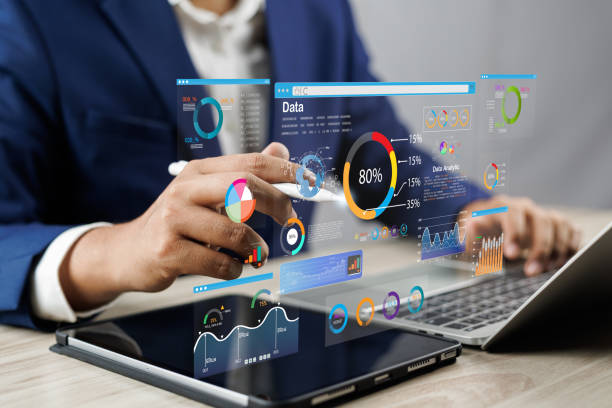
Content is king, and in on-page SEO, this statement takes on a deeper meaning.
Content optimization involves ensuring that your page’s text, images, and other elements are not only engaging and useful for users, but also understandable and rankable for search engines.
Intelligent use of target keywords in titles, subtitles, paragraphs, and even image alt text are among the key actions.
However, more important than keyword density is content quality and depth.
Your content should be explanatory, comprehensive, and valuable, answering users’ questions.
Engaging and appealing content keeps users on your page longer and reduces bounce rate, which is a positive signal for ranking.
Additionally, using Heading tags (H1, H2, H3) to organize content and improve readability is crucial.
On-page SEO content means creating an excellent user experience while also optimizing for search engine crawlers.
The table below shows some of the most important content optimization factors for on-page SEO:
| Factor | Description | Importance in On-Page SEO |
|---|---|---|
| Target Keywords | Natural and logical use of keywords in the text | Basis for content understanding by search engines |
| Content Quality and Depth | Comprehensive, accurate, and valuable content for the user | Increased credibility, reduced bounce rate |
| Heading Tag Structure | Use of H1, H2, H3 for organization and readability | Improved structure, aid in hierarchy understanding |
| Readability | Use of short sentences, small paragraphs, and lists | Improved user experience and on-page retention |
| Internal and External Links | Linking to relevant pages on the site and credible external sources | Increased page authority and assistance to search engine crawling |
By observing these points, you can ensure that your content is optimized in the best possible way for on-page SEO.
The Role of URL Structure and Internal Linking in On-Page SEO
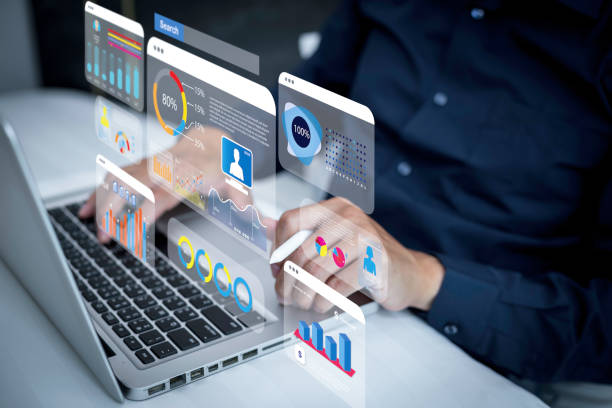
URL structure and internal linking are two other crucial factors in on-page SEO that are often overlooked.
An SEO-friendly URL should be short, descriptive, and contain the target keyword.
This not only helps users understand the page’s content before clicking but also gives clear signals to search engines about the page’s topic.
Avoid special and unnecessary characters, and keep the URL as clean and readable as possible.
Internal linking is also a process where you connect different pages of your website to each other.
This has several benefits: it helps search engines better understand your website’s structure and discover deeper pages, distributes Link Equity throughout your website, and improves user experience by providing easier navigation paths.
Using relevant and keyword-rich Anchor Text for internal links is highly important.
This is a guiding strategy for both users and search engine crawlers.
A strong internal linking strategy is the foundation of successful and sustainable on-page SEO, which in turn leads to improved page rankings and increased traffic.
Are you bothered by losing customers due to your e-commerce site’s outdated appearance or slow speed? Rasawp’s expert team solves these problems with professional e-commerce website design!
✅ Increase customer trust and your brand’s credibility
✅ Stunning speed and excellent user experience
Get a free consultation with Rasawp now ⚡
Optimizing Images and Multimedia Files in On-Page SEO

Images and multimedia files like videos and podcasts are integral parts of modern websites and play a crucial role in user engagement and message delivery.
However, if not optimized correctly, they can harm your website’s loading speed and disrupt the user experience.
In the context of on-page SEO, image optimization includes compressing file size without compromising quality, using appropriate formats (like WebP for the web), and most importantly, correctly filling in Alt and Title tags.
The Alt tag (Alternate Text) is a textual description of an image that is displayed if the image fails to load and is also used by screen readers for people with disabilities.
This tag offers an excellent opportunity to include keywords relevant to the image and page content, helping search engines understand the image.
Optimizing multimedia files is not just an explanatory section, but a practical element for overall on-page SEO improvement.
These actions not only help improve rankings in image search but also lead to faster site speed and overall improved user experience.
The Importance of Loading Speed and User Experience in On-Page SEO

Website loading speed and user experience (UX) have increasingly emerged as critical factors in on-page SEO.
Search engines like Google give higher scores to websites that load quickly and provide a smooth user experience.
This has become even more important with the introduction of Core Web Vitals by Google, which provides specific metrics for page loading speed, interactivity, and visual stability.
A slow website can lead to a high bounce rate and reduced rankings, even if it has excellent content.
To improve speed, you can compress images, optimize CSS and JavaScript codes, use browser caching, and choose a fast and reliable hosting provider.
Regarding user experience, responsive design that displays your site well on all devices, intuitive and simple navigation, and engaging and understandable content are among the key factors.
Google has clearly stated that UX is a ranking factor, so investing in this part of on-page SEO is essential for long-term success.
The Role of Structured Data (Schema Markup) in On-Page SEO
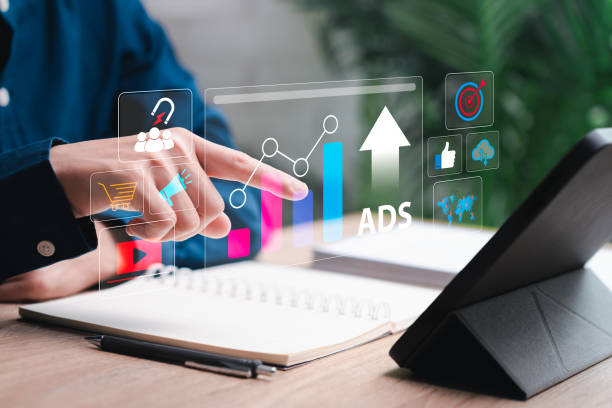
Structured data, or Schema Markup, are codes that allow you to mark up your content for search engines in a way that helps them better understand the meaning of your pages.
This enables search engines to display richer information (Rich Snippets) in search results, which can significantly increase your click-through rate (CTR).
For example, you can introduce information about a product, recipe, event, customer reviews, or even a news article to the search engine using Schema Markup.
Correct use of Schema Markup is a specialized component of on-page SEO that can differentiate your site from competitors.
These codes are invisible to users but highly valuable to search engine crawlers.
By adding this structured information, you help the search engine place your content in the correct context and display it to relevant users with more details.
This provides a clear explanation to search robots for better understanding of your content.
The table below shows a few examples of common structured data types:
| Schema Type | Usage | Example Display in Search Results |
|---|---|---|
| Article | Articles and blog posts | Publication date, author name |
| Product | E-commerce products | Price, star rating, stock availability |
| Recipe | Cooking recipes | Cooking time, calories, user reviews |
| Event | Events and programs | Date, time, location |
| Review | Reviews and ratings | Average rating, number of reviews |
| Organization | Business information | Logo, address, phone number |
Implementing Schema Markup directly helps improve your website’s click-through rate and visibility in search results, thus being considered a powerful tool in on-page SEO.
Using Meta Tags and Meta Descriptions in On-Page SEO

Meta tags, especially the Meta Title tag and Meta Description, are among the most important elements in on-page SEO that directly impact your visibility and click-through rate (CTR) on the Search Engine Results Page (SERP).
The title tag is the title displayed in the browser tab and as the largest and most clickable part in search results.
This tag should include your page’s main keyword and briefly and appealingly describe the page’s content.
The meta description is a short text displayed below the title in search results, aiming to encourage users to click on your link.
Although Google has officially stated that meta descriptions do not directly influence ranking, an engaging and entertaining description can significantly increase your click-through rate, which in itself is considered a positive signal for search engines.
This part of on-page SEO requires precision and creativity to make the most impact on the user and search engine within a limited space.
Does your current website convert visitors into customers or drive them away? Solve this problem forever with professional corporate website design by Rasawp!
✅ Build credibility and powerful branding
✅ Attract target customers and increase sales
⚡ Get a free consultation now!
Reviewing and Analyzing On-Page SEO Performance and Continuous Improvement
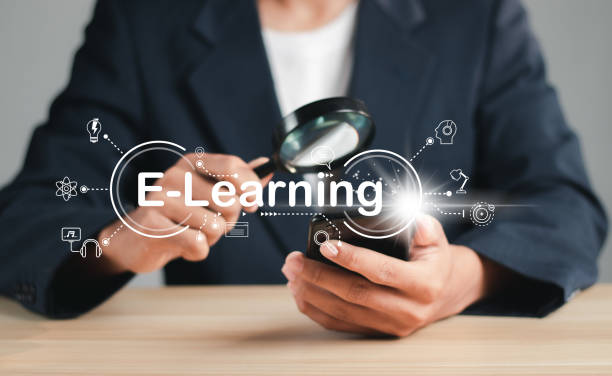
After implementing on-page SEO strategies, the work doesn’t end.
The next critical part is reviewing and analyzing website performance to identify strengths and weaknesses and implement continuous improvements.
Tools like Google Analytics and Google Search Console provide valuable information about website traffic, ranked keywords, bounce rate, time on page, and crawl errors.
A deep analysis of this data can show you which aspects of your on-page SEO are working well and which areas need more attention.
For example, if a specific page has a high bounce rate, it might indicate that its content or user experience needs further optimization.
If your important keywords are not ranking well, you might need to revise your content strategy.
This process is educational and cyclical; after implementing changes, you should re-monitor the results and, if necessary, make further adjustments.
On-page SEO is not a one-time effort but a long-term commitment to continuous optimization to maintain and improve your position in search results.
New and Future Trends in On-Page SEO
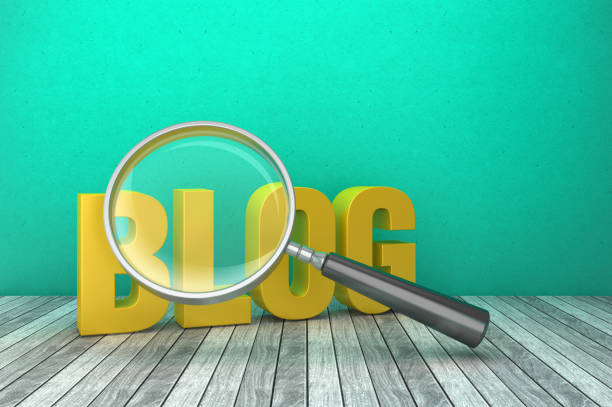
The world of SEO is constantly evolving, and on-page SEO is no exception.
Awareness of new and future trends helps you keep your strategies updated and prepare for upcoming changes.
One of the most important trends is the emergence of Artificial Intelligence (AI) and Machine Learning in search engine algorithms.
These technologies help search engines understand content in a more sophisticated way and identify user intent more accurately, which requires producing very high-quality, in-depth content that addresses users’ real needs.
Voice Search and Semantic Search are also growing, emphasizing the importance of Long-tail Keywords and direct answers to user questions.
Mobile-First Indexing is no longer a trend but a necessity; your website must be fully responsive and fast on mobile devices.
Creating engaging and interactive content, using videos and podcasts, and focusing on overall user experience will be other important aspects in the future of on-page SEO.
This forward-thinking approach ensures your site is ready for future challenges.
Frequently Asked Questions
| Question | Answer |
|---|---|
| What is On-page SEO? | On-page SEO refers to the set of actions performed within a website and on its page content to achieve a better ranking in search results. |
| Why is On-page SEO important for a website? | On-page SEO helps search engines better understand your page content and assess its importance. It also provides a better user experience for visitors. |
| What are the most important On-page SEO factors? | The most important factors include keyword optimization, content quality, Title Tag, Meta Description, URL structure, Heading tags (H1-H6), internal linking, and image optimization. |
| What role does the Title Tag play in On-page SEO? | The Title Tag is one of the most important On-page SEO factors, displaying your page title in search results and the browser tab. It should include the main keyword and be engaging. |
| What is the importance of Meta Description in On-page SEO? | The Meta Description provides a summary of the page content, and although it doesn’t directly affect ranking, it can increase the click-through rate (CTR) by encouraging users to click. |
| How are keywords used in On-page SEO? | Keywords are phrases users use to search for information in search engines. Appropriate and natural use of them in content helps the search engine identify the page’s topic. |
| What is internal linking and what are its benefits in On-page SEO? | Internal linking means creating links between different pages of a website. This helps distribute page authority, assist search engine crawling, and improve user experience. |
| How does image optimization affect On-page SEO? | Image optimization includes compressing file size, using appropriate Alt tags, and proper file naming. This improves page loading speed and helps search engines understand image content. |
| What does high-quality content mean in On-page SEO? | High-quality content means content that is comprehensive, accurate, unique, up-to-date, and user-friendly, addressing users’ needs. |
| What role does URL structure play in On-page SEO? | Readable, short URLs that include the main keyword help search engines and users better understand the page content and improve user experience. |
And other services of Rasa Web Advertising Agency in the field of advertising
Smart Customer Journey Map: A specialized service for growth and increasing website traffic based on intelligent data analysis.
Smart Link Building: An effective tool for user interaction through user experience customization.
Smart Marketing Automation: Professional optimization for customer acquisition using attractive UI design.
Smart Sales Automation: Revolutionize online growth with the help of intelligent data analysis.
Smart Digital Advertising: An effective tool for increasing click-through rates with custom programming.
And over hundreds of other services in the field of internet advertising, advertising consultation, and organizational solutions
Internet Advertising | Advertising Strategy | Advertorial
Sources
Iran SEO On-page SEO Guide
SEOMoz Link Building Techniques
What is SEO on Aparat
HamyarWP SEO Checklist
? With Rasawp Afarin, your business takes flight in the digital world! We create a powerful and lasting presence for you with comprehensive digital marketing services, including SEO-optimized website design. Contact us now to see our portfolio and get a free consultation.
📍 Tehran, Mirdamad Street, next to Bank Markazi, Kazerun Jonoubi Alley, Ramin Alley, No. 6

